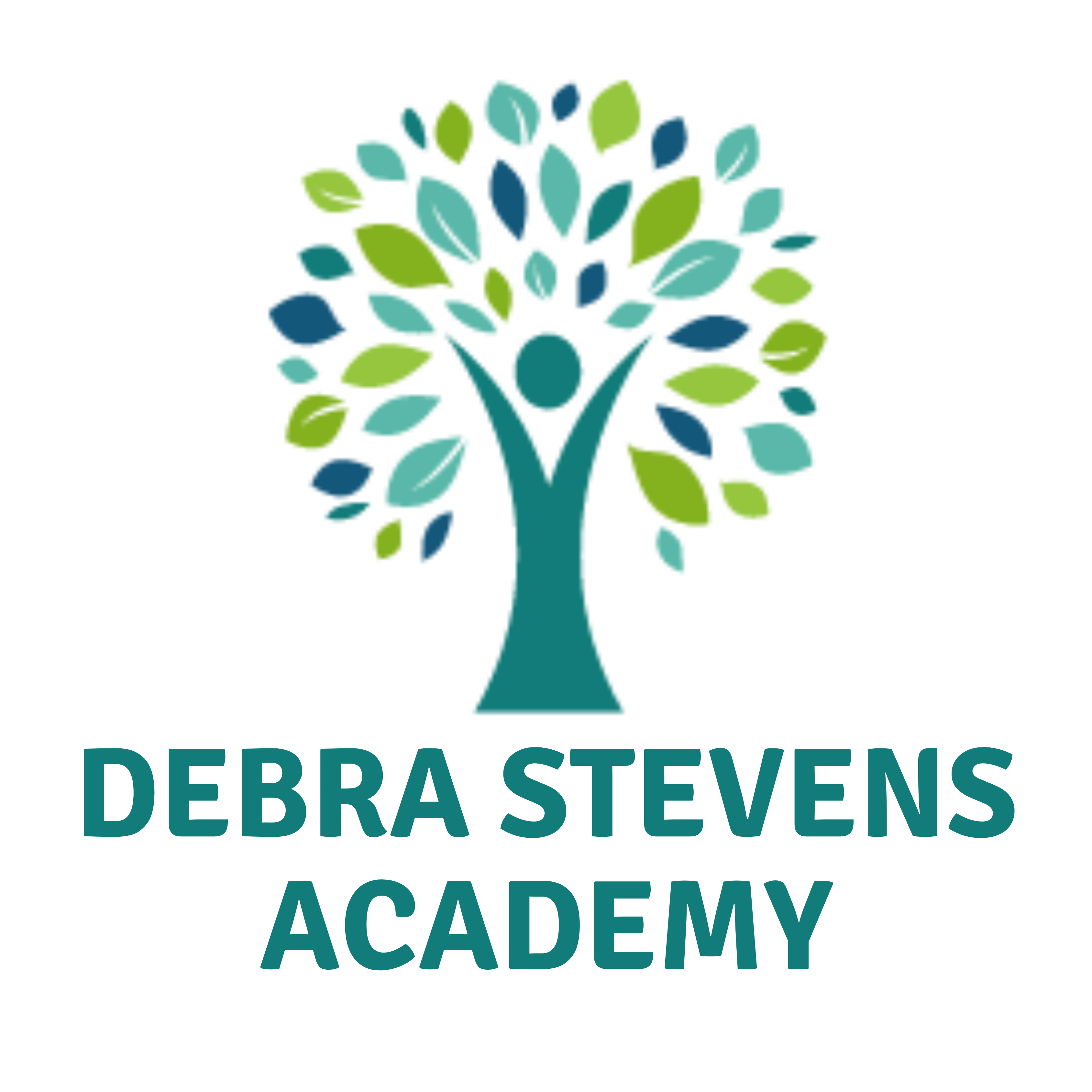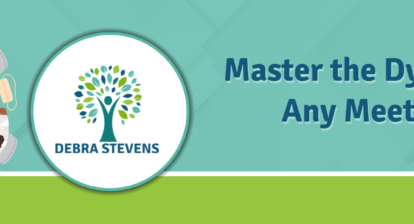
Communication isn’t just about speaking; it’s an art that merges listening, understanding, and expressing into a harmonious ballet of human connection. So, how do we turn this ballet into a riveting performance? Let’s break it down.
1. Clarity, the True Monarch:
In the world of communication, clarity reigns supreme. The most eloquent speeches and the most intricate words mean naught if the message gets lost in translation. So, strip away the jargon, simplify complex ideas, and speak directly to the point. Imagine explaining your concept to a friend over a cup of tea – that’s the level of simplicity and intimacy you should aim for.
2. The Dance of Non-verbal Cues:
Did you know that a significant portion of our communication is non-verbal? Your body language, eye movement, and facial expressions often communicate more than words ever could. For instance, maintaining eye contact conveys confidence and attentiveness, whereas open gestures (like uncrossed arms) signal receptivity and openness. Mastering non-verbal cues ensures your message isn’t just heard but truly felt.
3. Active Engagement – The Two-way Street:
Ever been in a conversation where you felt like you were talking to a brick wall? We’ve all been there. Communication should never be a monologue; it’s a dialogue. Engage actively with your audience, be it one person or many. Pose open-ended questions, encourage feedback, and create a space where ideas flow freely. This not only ensures understanding but fosters deeper connections.
4. The Golden Rule – Listen Actively:
Listening isn’t just about hearing words. It’s about understanding the emotions, motivations, and intentions behind them. Active listening involves fully concentrating, understanding, and then responding to a message. It’s the difference between hearing someone and truly understanding them. When we listen actively, we not only grasp the essence of the message but also make the speaker feel valued.
5. Continuous Learning and Adaptation:
The world around us is in a constant state of flux. New ideas, cultures, technologies, and terminologies are emerging daily. To be an effective communicator in such a dynamic landscape, we must commit to lifelong learning. Attend workshops, read voraciously, and always be curious. This not only enhances your knowledge base but keeps your communication skills sharp and relevant.
Effective communication isn’t a destination; it’s a journey of understanding, adapting, and connecting. As you journey through the professional landscape, remember that every interaction is an opportunity to learn and grow. With clarity, active listening, engagement, mastery of non-verbal cues, and a commitment to learning, your communication skills are sure to skyrocket, making an impact that resonates.




